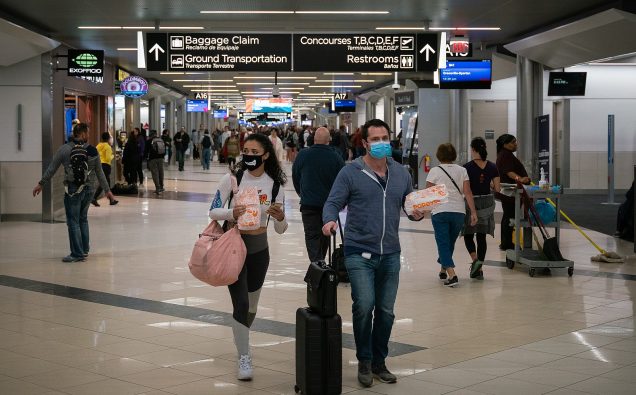The World Health Organization says resurgence of coronavirus cases in South Korea, China and Germany following the lifting of stay-at-home restrictions demonstrates the complexity of easing these measures,.
“Over the weekend we saw signs of the challenges that may lie ahead”,
WHO chief Tedros Adhanom Ghebreyesus told a news briefing in Geneva on Monday.
His comments came as the number of confirmed cases globally surpassed four million, with several places still showing high curve of daily losses of lives.
Meanwhile, South Korea has shuttered nightclubs and bars after a confirmed case of COVID-19 led to thousands of contacts being traced.
In China city of Wuhan – where the new coronavirus first emerged – also identified its first cluster of cases since lifting a lock down a month ago, while Germany has recorded an increased caseload.
“Fortunately, all three countries have systems in place to detect and respond to a resurgence in cases”, Tedros said.
“Early serological studies reflect that a relatively low percentage of the population has antibodies to COVID-19, which means most of the population is still susceptible to the virus”.
In the United States, 47 states restrictions on commercial activities.
Meanwhile, Executive Director of the health organiation Michael Ryan warned against criticizing countries like South Korea and Germany, which had both reacted quickly, tracking down cases.
“And the virus is still here a lot more in other countries”, he added.
Dr. Ryan said as lock downs are lifted, people undoubtedly will mix more. However, even if they maintain physical distancing and other preventive measures, transmission risk will potentially increase.
“The question is can we reach a point where we have strong public health measures in place where we can investigate clusters of cases and suppress those clusters without going back to the intense transmission patterns of before”, he said. “And that is what we are trying to avoid.”
Tedros says lock downs have had a “serious socio-economic impact” on citizens.
“Therefore, to protect lives and livelihoods, a slow, steady, lifting of lockdowns is key to both stimulating economies, while also keeping a vigilant eye on the virus so that control measures can be quickly implemented if an upswing in cases is identified”, he said.

















